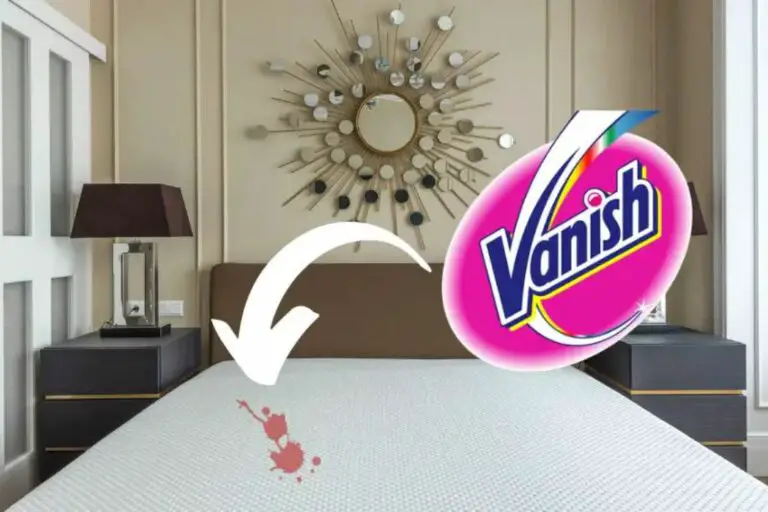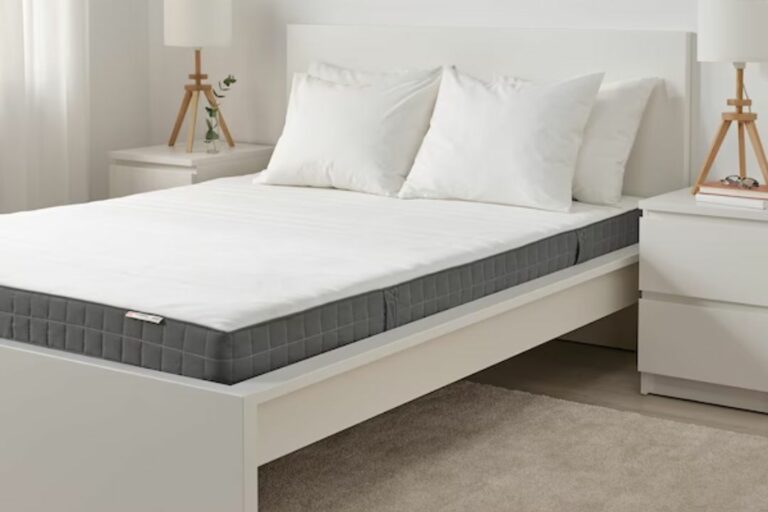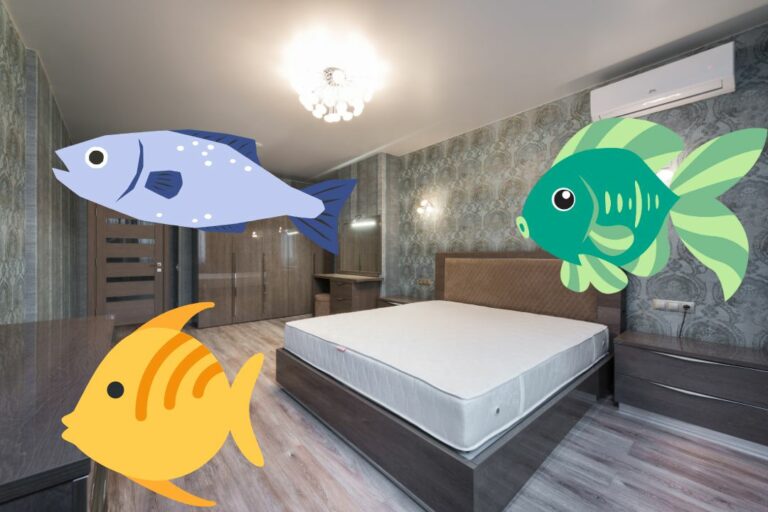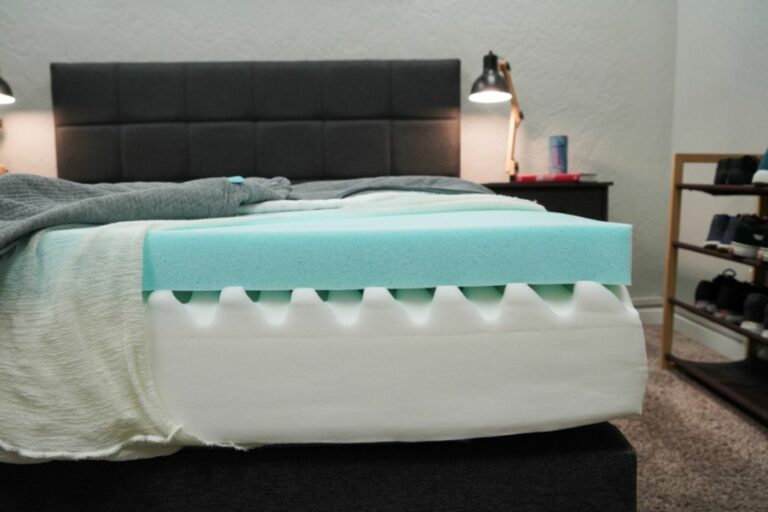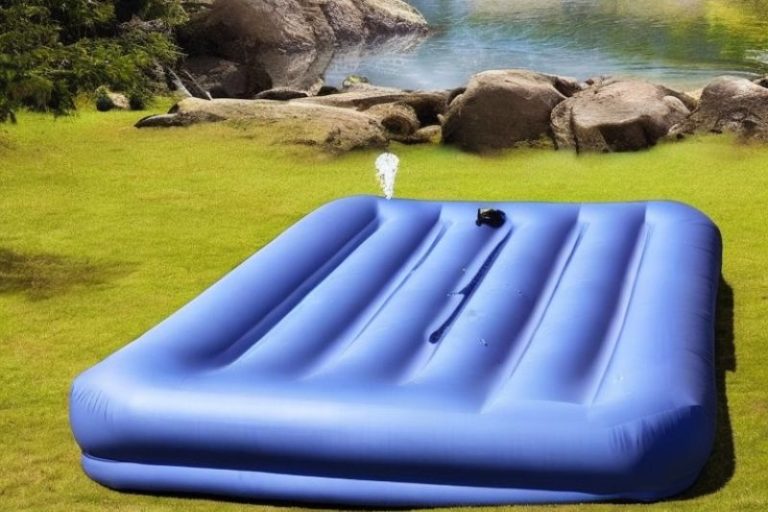Air Mattresses for Bed Sores: (Can They Really Help?)
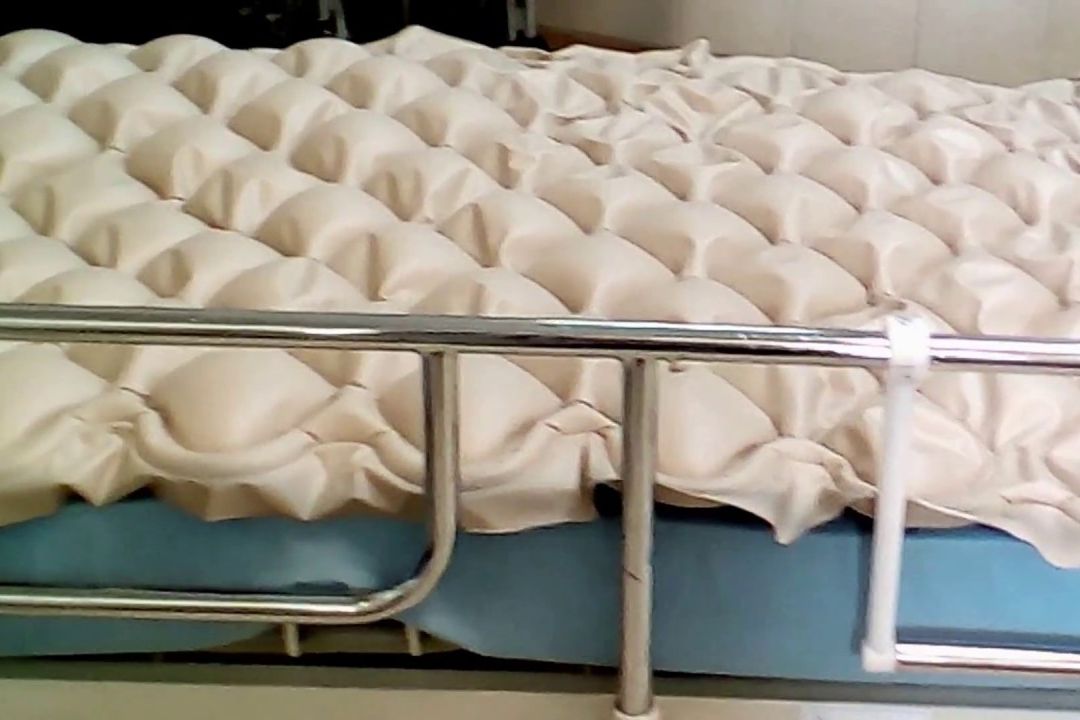
Air mattresses are commonly used for camping trips and as temporary beds for guests.
However, they are also used in hospitals and nursing homes to help prevent and treat bed sores.
Bed sores, also known as pressure ulcers, are a common problem for people who are confined to a bed or wheelchair for extended periods of time.
Air Mattresses for Bed Sores:
Air mattresses distribute pressure evenly, reducing the risk of bed sores. However, other preventative measures like repositioning and maintaining skin hygiene are necessary alongside air mattress use.
They may not completely eliminate the risk of bed sores and should be used in combination with other preventative measures, such as repositioning the patient regularly and keeping the skin clean and dry.
What are bed sores?
Bed sores, also known as pressure ulcers or decubitus ulcers, are injuries to the skin and underlying tissue resulting from prolonged pressure on the skin.
They often develop in people who are bedridden, wheelchair-bound, or have limited mobility.
Bed sores can occur on any part of the body but are most common on bony areas such as the hips, heels, ankles, and tailbone.
Bed sores are caused by pressure that restricts blood flow to the skin and soft tissue, leading to tissue damage and cell death.
Factors that increase the risk of developing bed sores include poor nutrition, dehydration, incontinence, and medical conditions that affect blood flow, such as diabetes and peripheral vascular disease.
Bed sores are classified into four stages, depending on the severity of the injury.
Stage 1 bed sores are the mildest and involve redness and irritation of the skin.
Stage 2 bed sores involve partial thickness skin loss.
Stage 3 bed sores involve full thickness skin loss and damage to the underlying tissue.
Stage 4 bed sores are the most severe and involve extensive tissue damage, including damage to muscle, bone, and tendons.
Bed sores can be painful and lead to serious complications such as infection, sepsis, and even death.
Treatment for bed sores includes relieving pressure on the affected area, keeping the wound clean and dry, and providing adequate nutrition and hydration.
In severe cases, surgery may be necessary to remove damaged tissue and promote healing.
How do air mattresses work for bed sores?
Air mattresses are designed to distribute pressure evenly across the surface of the bed.
This is achieved by using a series of interconnected air cells that can be inflated or deflated to adjust the firmness of the mattress.
When used for patients with bed sores, air mattresses can provide relief by reducing the amount of pressure on the affected area.
Air mattresses work by creating a low-pressure environment between the patient’s body and the mattress.
This reduces the amount of pressure on the skin, which can help to prevent the formation of new bed sores and promote healing of existing ones.
The air cells in the mattress are designed to move with the patient’s body, which helps to reduce friction and shear forces that can contribute to the development of bed sores.
There are several different types of air mattresses that can be used for patients with bed sores.
Alternating pressure mattresses are designed to inflate and deflate different air cells at regular intervals, which helps to promote circulation and reduce pressure on the skin.
Low air loss mattresses are designed to allow air to flow through the mattress, which can help to keep the patient cool and dry and reduce the risk of skin breakdown.
Overall, air mattresses can be an effective tool for preventing and treating bed sores in patients who are at risk. However, it is important to use the correct type of mattress and to ensure that it is properly inflated and adjusted to meet the patient’s individual needs.
A Step-by-Step Guide:
A step-by-step guide on how air mattresses work for bed sores:
- Air mattresses are designed to distribute pressure evenly across the body, reducing the amount of pressure on any one area of skin.
- They work by inflating and deflating air cells within the mattress, creating a dynamic surface that can adjust to the patient’s movements.
- The alternating pressure of the air cells helps to stimulate blood flow and prevent tissue breakdown, which can lead to bed sores.
- Some air mattresses also have adjustable firmness settings, allowing healthcare providers to customize the level of support based on the patient’s needs.
- Air mattresses are often used in hospital settings for patients who are at high risk for developing bed sores, such as those who are immobile or have limited mobility.
- They are also used in home care settings for patients who are bedridden or have limited mobility.
- While air mattresses can help prevent bed sores, they should be used in combination with other preventative measures, such as repositioning the patient regularly and keeping the skin clean and dry.
- Regular monitoring and assessment of the patient’s skin is also important to detect any signs of pressure ulcers or bed sores early on, so that treatment can be initiated promptly.
Air Mattresses for Bed Sores: (Pros And Cons)
Here are some pros and cons of using air mattresses for bed sores:
Pros
- Air mattresses can help prevent bed sores by distributing pressure evenly across the body.
- They are adjustable and can be customized to provide the right level of support for each patient.
- They are easy to clean and maintain, which is important for preventing infection.
- Air mattresses can be used in both hospital and home care settings.
- They are relatively affordable and widely available.
Cons
- Some patients may find air mattresses uncomfortable or noisy due to the constant inflation and deflation of air cells.
- Air mattresses may not be suitable for patients with certain medical conditions, such as those with spinal cord injuries or severe respiratory problems.
- They require a power source to operate, which may be problematic in some settings.
- Air mattresses may not completely eliminate the risk of bed sores and should be used in combination with other preventative measures.
- They may not be covered by insurance or Medicare/Medicaid in all cases.
What helps bed sores heal faster?
Here’s a table outlining some things that can help bed sores heal faster:
| Treatment | Description |
|---|---|
| Pressure relief | Reducing pressure on the affected area is crucial for allowing the sore to heal. This may involve repositioning the patient regularly, using specialized cushions or mattresses, or using a device to lift the patient off the bed. |
| Wound dressings | Dressings can help protect the wound and promote healing. There are many types of dressings available, including hydrocolloid, foam, and alginate dressings. The choice of dressing will depend on the severity of the wound and the patient’s needs. |
| Debridement | Debridement involves removing dead tissue from the wound to promote healing. This can be done using various methods, such as sharp debridement, enzymatic debridement, or autolytic debridement. |
| Antibiotics | If the wound is infected, antibiotics may be necessary to treat the infection and promote healing. |
| Nutrition | Adequate nutrition is important for wound healing. Patients with bed sores may require additional protein and calories to support healing. |
| Moisture management | Keeping the wound moist can promote healing and prevent further damage. This may involve using a wound dressing that provides moisture, or using a topical moisturizer. |
| Pain management | Bed sores can be painful, and managing pain is important for patient comfort and healing. This may involve using pain medications, topical anesthetics, or other pain management techniques. |
It’s important to note that the best treatment for bed sores will depend on the severity of the wound, the patient’s overall health, and other factors.
A healthcare provider should be consulted to determine the appropriate treatment plan.
Alternating Pressure Air Mattresses for Bedsore Prevention:
Some benefits of using alternating pressure air mattresses for bedsore prevention:
- Pressure relief: Alternating pressure air mattresses help to distribute pressure evenly across the body, reducing the amount of pressure on any one area of skin. This can help prevent the formation of bed sores.
- Increased blood flow: The alternating pressure of the air cells in the mattress helps to stimulate blood flow, which can promote healing and prevent tissue breakdown.
- Customizable support: Many alternating pressure air mattresses have adjustable firmness settings, allowing healthcare providers to customize the level of support based on the patient’s needs.
- Easy to clean: Air mattresses are easy to clean and maintain, which is important for preventing infection.
- Versatile: Alternating pressure air mattresses can be used in both hospital and home care settings.
- Affordable: Air mattresses are relatively affordable and widely available.
- Comfortable: Many patients find alternating pressure air mattresses comfortable and supportive, which can improve overall comfort and quality of life.
- Reduced noise: Some newer models of alternating pressure air mattresses are designed to be quieter than older models, reducing noise disruptions during sleep.
- Improved sleep quality: By providing customized support and reducing pressure points, alternating pressure air mattresses can improve sleep quality for patients.
It’s important to note that while alternating pressure air mattresses can be effective for bedsore prevention, they should be used in combination with other preventative measures and under the guidance of a healthcare provider.
Conclusion: Air Mattresses for Bed Sores
Air mattresses are often used as a preventative measure for bed sores, also known as pressure ulcers.
These ulcers are caused by prolonged pressure on the skin, which can occur when a person remains in one position for an extended period of time.
Air mattresses work by distributing the pressure more evenly across the body, reducing the risk of developing bed sores.
There are different types of air mattresses available, including alternating pressure mattresses and low air loss mattresses.
Alternating pressure mattresses use air cells that inflate and deflate in a cycle, changing the pressure points on the body.
Low air loss mattresses use a constant flow of air to keep the skin cool and dry.

